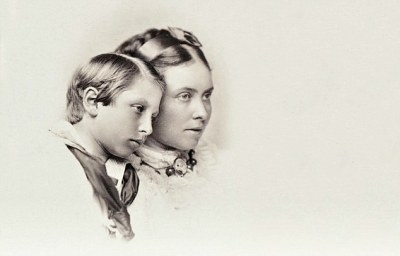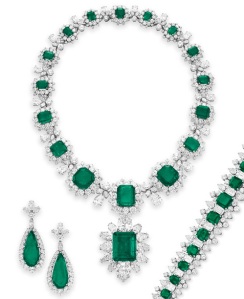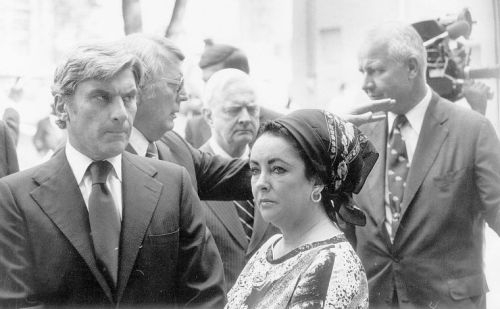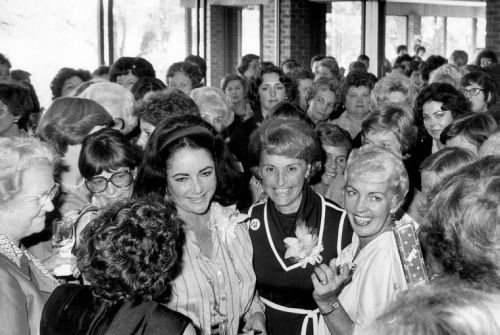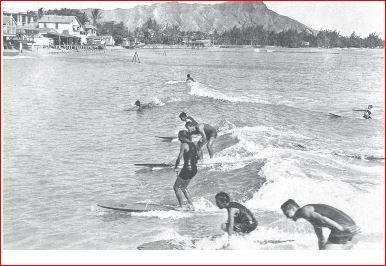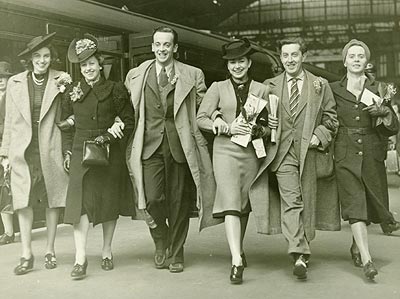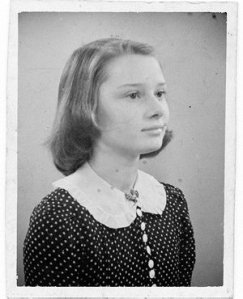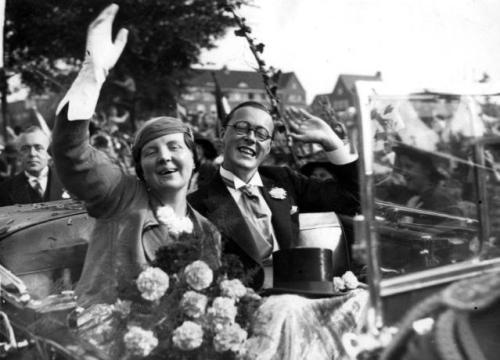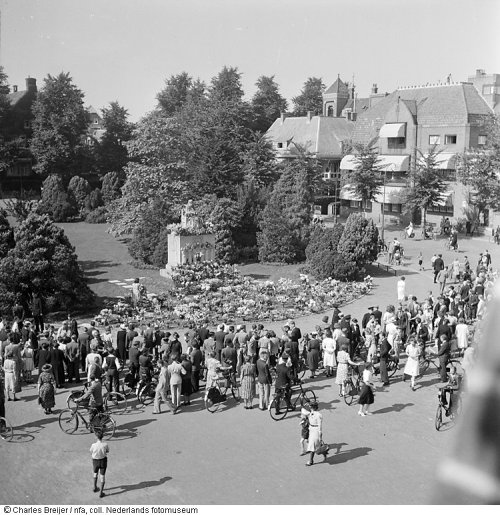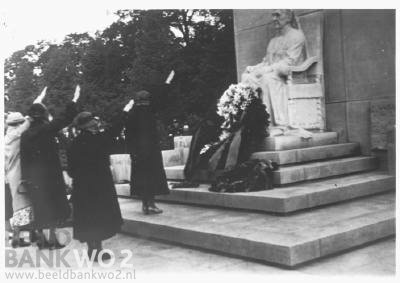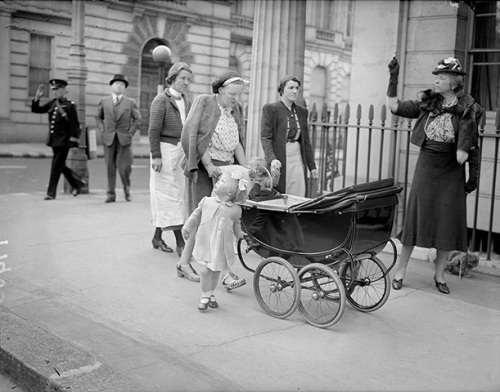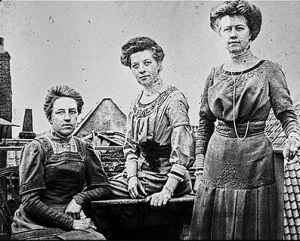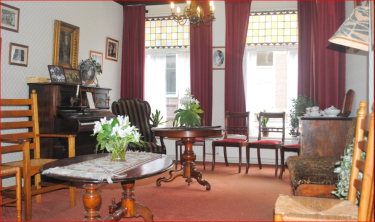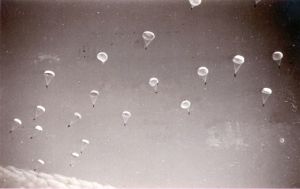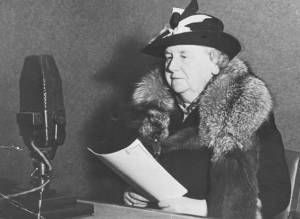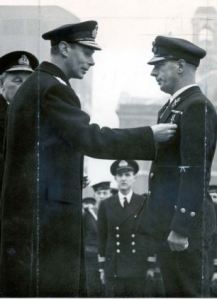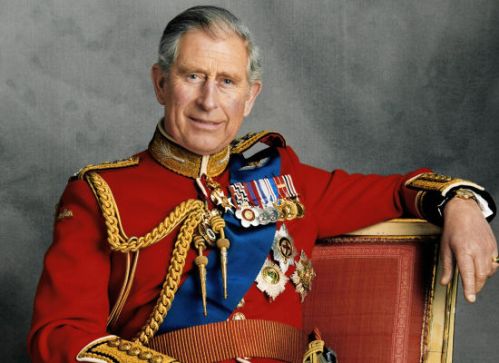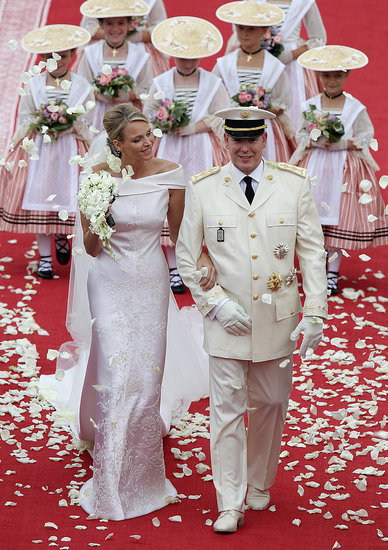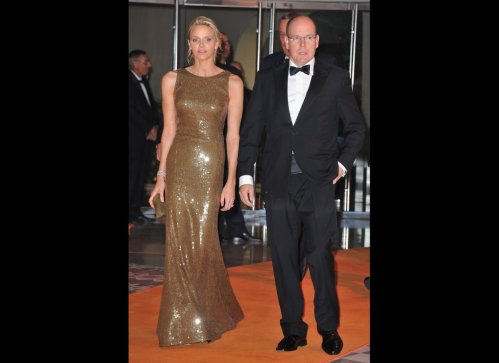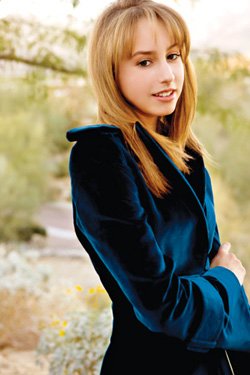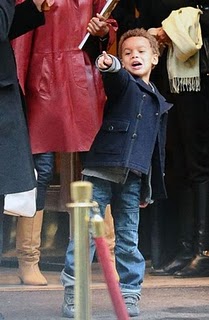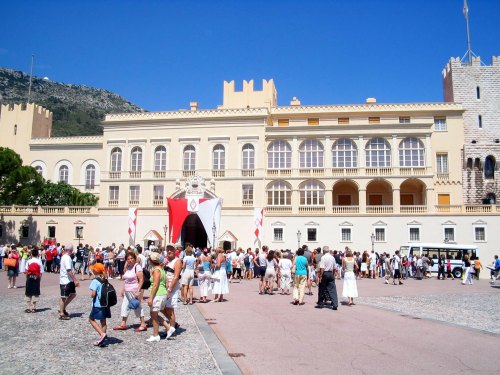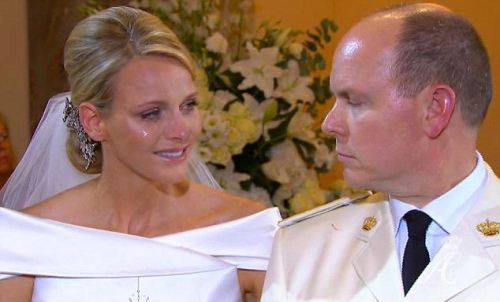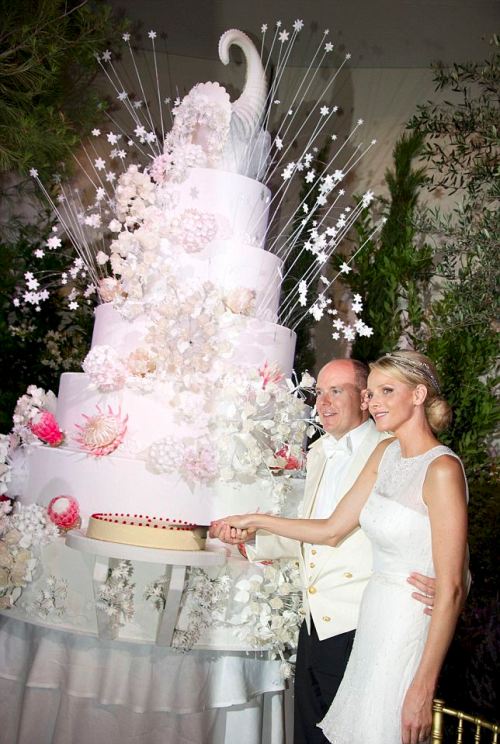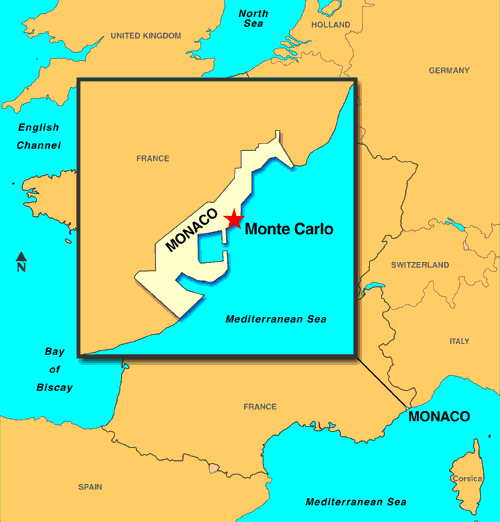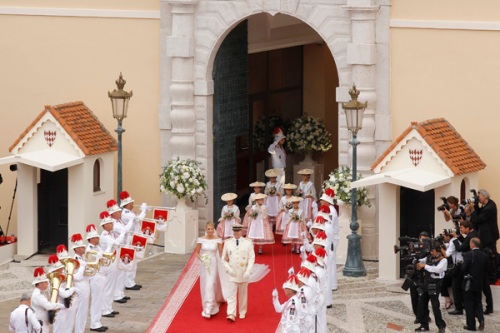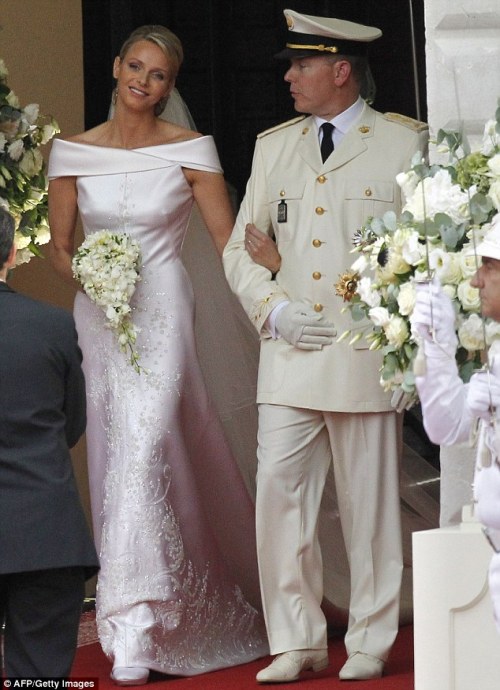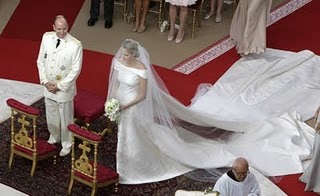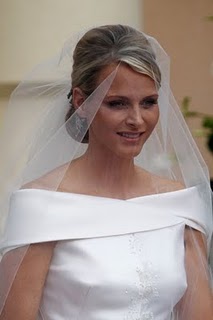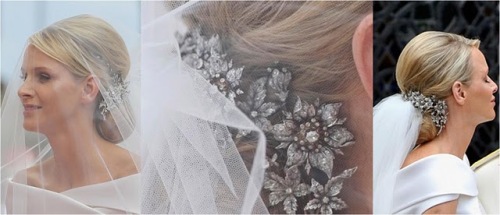
My husband, Tom Rogers, and I smile for the camera at our wedding banquet at Green Pastures, Austin, Texas. 1986
Me 1988
I wasn’t thrilled when I learned I had to have a Caesarean section, especially in view of the fact that my doctor had not discovered my baby was breeched until I was already dilated nine centimeters and after he had already given me a spinal block. I was 33, somewhat of a late mother, maybe even a reluctant mother. I was a terrible chicken where childbirth was concerned. I had not rushed into having a child. The fear of having to have a Caesarean kept me back. Now my baby was trying to come out through my back and I had no choice but to submit to the knife.
Not only did I have to have a Caesarean that day in July 1988, but, because of the spinal block, the doctor would not give me any more anesthesia, so I had to go into the operating room wide awake. In a little freak-out, I made the doctor erect a tent over my abdomen so I could not see what he was doing in the surgery. I guess I didn’t want to see them cut me.
My husband was there. He sat on a stool beside me and, with characteristic keen intent, watched the whole thing. What I remember most is the way it felt to have those masked people putting their hands into my stomach and digging around. I felt like a giant purse that they were digging around in, looking for a cigarette or something that had drifted to the bottom among tobacco and gum wrappers and dust. After a while, they must have found what they were looking for, because, after endless tugging and pushing and clawing, they reached deep down and pulled out a little baby, my little baby, my baby girl. She had a shriveled face that looked just like my mother-in-law’s.
“Helen!” I exclaimed, calling out my mother-in-law’s name.
If it had been 129 years earlier, in 1859, and not 1988, with modern medicine, there would not have been a Caesarean for me. My daughter Katie might have thrashed around inside of me until I bled to death and she suffocated.
“[A Caesarean] was long considered an extreme measure, performed only when the mother was already dead or considered to be beyond help. In Great Britain and Ireland, the mortality rate [in mothers] in 1865 was 85%.” (1)
Princess Vicky 1859
Queen Victoria of Great Britain (1819-1901) was sure that arranging marriages for her children and grandchildren in the royal houses of Europe would insure a lasting peace; after all, the countries would be tied by blood and relatives would never fight each other. Her first “power pairing” was the marriage of her eldest child, Victoria (“Vicky”), the Princess Royal, with Prince Frederick of Prussia, the cream of the German royal houses:
“As the royal couple departed London at the end of January [1858] during a heavy snowfall, the populace of that city still turned out onto the streets to cheer and chant, “God save the Prince and Bride! God keep their lands allied!”
Twelve months later, Princess Vicky was in labor with her first child. Her mother had sent Scottish doctor Sir James Clark to Berlin to assist the German obstetrician Eduard Martin and, specifically, to administer to Vicky the “blessed chloroform,” the new miracle drug that the Queen had discovered and that had so eased the pain of her last two deliveries (children #8 and 9).
However, chloroform was not to be the solution for her daughter. For Vicky,
“The entire experience was ghastly….[D]espite the fact that she inhaled chloroform for hours on end, the birth was extremely painful….Dr. Martin had to work under her long flannel skirt so that royal decency prevailed.” (2)
The chloroform, “two-thirds of a bottle,” rendered Vicky insensible to help the doctors, who found themselves in a deadly position. The baby was coming out bottom first, in breech position, with its arms stretched over its head. The umbilical cord was being crushed by the head in the birth canal. The odds were stacked against a successful vaginal delivery: In that same year in Germany, 98% of breech births were stillborn. The doctors would not take a knife to a royal princess; besides, a Caesarean would have killed her. It would be another 40 years before that procedure would be performed in a clinic.
Dr. Martin reached into the birth canal and pulled the baby’s legs out. Then he reached deep inside to pull the left arm through and pull the body out by rotating it. The motion pulled the baby out but the “nerve complex in the neck was torn” and the baby suffered from fetal asphyxia. (3)
The baby lay motionless. The doctor’s report said that, “the baby was seemingly dead to a high degree.” Vicky was exhausted. It had been ten hours since her waters broke.
Then the baby cried.
“It’s alive and it’s a prince!” her mother-in-law wrote Queen Victoria.
The newborn boy was a royal prince and second in line to the Prussian throne. His name was Wilhelm, William in English, as he was half-English, half-German in blood.
Three days would pass before a nursemaid would mention that there was a mysterious crease between Wilhelm’s left shoulder and arm. The left arm was permanently paralyzed, caused by the pressure exerted on the shoulder during the delivery.
Treatment for Wilhelm
Vicky was devastated that her son, heir to the Prussian throne, should be handicapped. To be Prussian in 1859 was to be independent, manly, and warlike, not weak and crippled. Prussian men, like the statesman Otto von Bismarck, fought duels often with the intent to get slashed across the cheek (preferably the left one), get a clean-cut wound that gaped wide into a beautiful scar, rub salt into it to make it stand out, then boast how you got it.

An 1896 picture of a German Corpsstudent (Adolf Hoffmann-Heyden, 1877-1964), showing an extensive fresh fencing scar and some minor old ones, badges of honor at the time.
“The idea of his remaining a cripple haunts me,” Vicky wrote Queen Victoria regarding Wilhelm.
Vicky was determined to fix Wilhelm’s left arm, to make it work, to make him fit to be a king, in the Prussian way. Of course, she and the doctors didn’t know that his arm was permanently maimed and useless and that nothing could be done to change that. The nerves were so damaged that the muscles didn’t work. At adulthood, his left arm would be six inches shorter than his right and his hand smaller. His left arm locked stiff at the elbow. The condition is known as Erb’s Palsy.
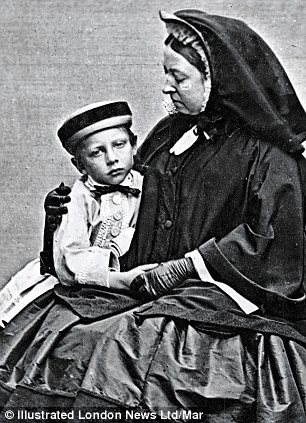
(Kaiser) Wilhelm II of Prussia and Germany and his grandmother, Queen Victoria of Great Britain. Note that Wilhelm’s paralyzed left arm is hidden from sight. 1860s
In Germany in 1859, there was a lot of alternative medical experimentation. When Wilhelm was six months old, his doctors began applying an odd poultice to his left arm. In his presence, they slaughtered a live hare (big rabbit) and tied the flesh of the dead animal, still warm, to the baby’s left arm, hoping that the vitality of the animal would transfer to Wilhelm. This they did twice a week for years.
Later, they discovered that Wilhelm’s head was tilting, so they created “Wilhelm’s Machine,” as his mother called it: a barbaric, head stretching device that consisted of a metal rod run up his back, attached at the waist by a belt with a harness that strapped across his head. At the back of his head was a screw they tightened to stretch the head up straight.

The “head stretching machine” was used to correct Kaiser Wilhelm’s torticollis: his head was pulled to one side by a birth defect. The drawing is by his mother, Princess Vicky of Prussia, in a letter sent to her mother Queen Victoria. 1860s
They galvanized his left arm periodically with electric jolts. They cut muscles in his neck. They applied stretching machines to his arm.
They tied his good arm behind him to try to force the left one to work. Of course it didn’t.
His mother made him ride a pony a lot. He would fall off because he had a poor sense of balance, maybe due to the ear infections he had frequently, or because of brain damage at birth.
While his mother’s intent was to prepare Wilhelm to be fit for the throne, these barbaric and medieval procedures had only served to traumatize and depress Wilhelm.
The camera had just been invented and photographs were the rage. The public wanted to see its future king. But Wilhelm’s disability was an embarrassment, something to hide. In photographs, props such as capes, swords, gloves, books, and guns were used to disguise the withered arm. Sometimes he held the left arm up with the right hand.

Kaiser Wilhelm II, age 4, visits his beloved “Granny” (Queen Victoria) at her Scottish estate at Balmoral. Someone has costumed him carefully so as not to reveal his lame left arm. 1863.
By the age of 12, Vicky stopped trying to find a cure.As Vicky had more children, she showered her love on her new children, rejecting her damaged son. He suffered deeply. He became filled with rage and prone to violent tantrums.

Kaiser Wilhelm on his 10th birthday, 1869. The gloves are used in an attempt to make his left arm look longer. After seeing the print, it was ordered destroyed but one copy remained.
Wilhelm began to hate the English. His mother was English. An English doctor had crippled him. As he grew up, he would become more and more Prussianized. He would reject the liberal democratic principles favored by his parents and fall under the influence of his German tutor and Otto von Bismarck in favor of aggressive, autocratic rule finding power in military force.
In 1914, he would have his revenge on his mother and England because, by then, he would be the world leader, Kaiser (Emperor, King) Wilhelm II of Prussia and Germany (1859-1941), whose bellicose (bellicose: demonstrating aggression and willingness to fight) policies would help to bring about World War I. Three royal cousins – the leaders of Russia, England, and Germany – would be at terrible war with one another.
Queen Victoria, called “the Grandmother of Europe,” had not lived to see her matchmaking plan to unite Europe through royal marriages fall far afield of its mark. Tens of millions of people would die because of Kaiser Wilhelm and Europe would be devastated. Relatives, history has shown, do fight against one another.
(2) Rohl, John. The Kaiser and His Court: Wilhelm II and the Government of Germany. Cambridge: Cambridge University Press, 1997 .
(3) Rohl, John. Kaiser Wilhelm: A Concise Life. Cambridge: Cambridge University Press, 2014.


